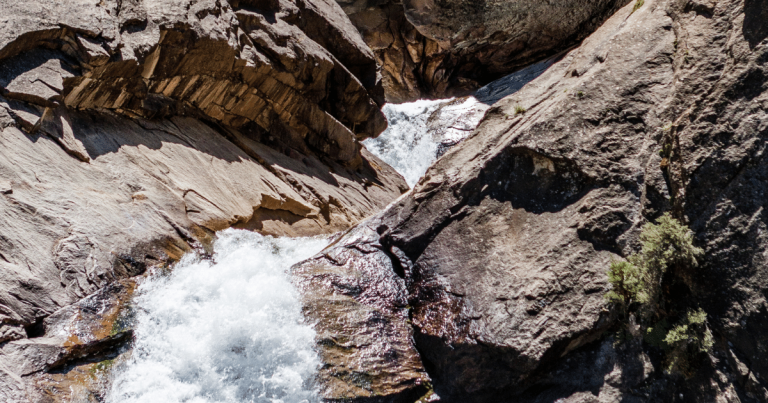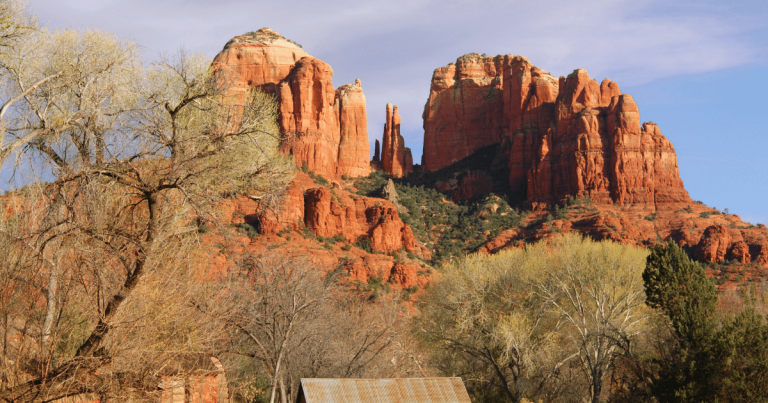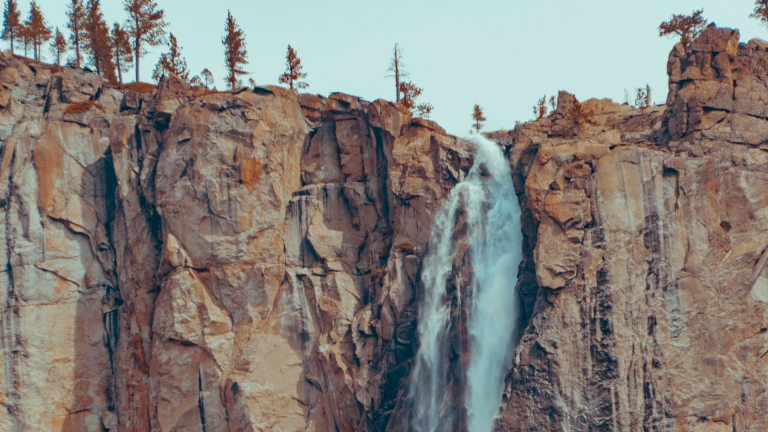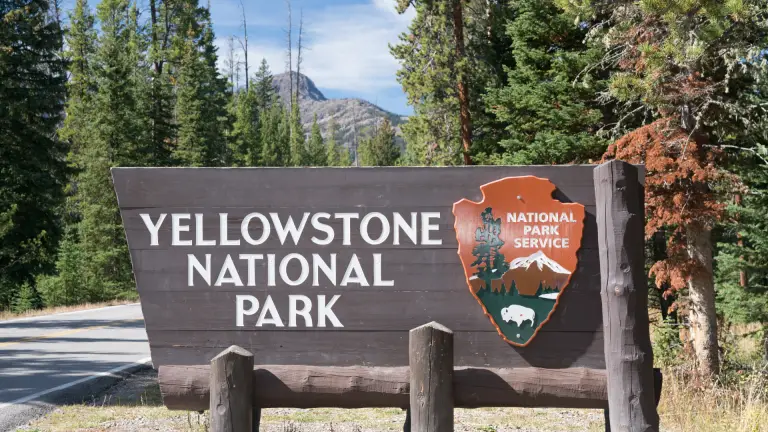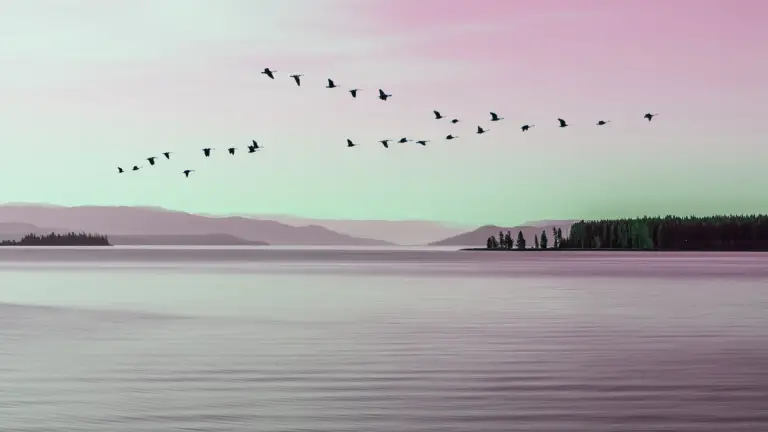Exploring Death Valley County Beyond the Heat
In the depths of this sun-scorched terrain lies a world of geological wonders, a rugged and unforgiving landscape that tells tales of time etched in every rock and crevice. From the otherworldly Badwater Basin, where the ground sinks to the lowest point in North America, to the jagged peaks of the Panamint Range that guard the valley like silent sentinels, Death Valley County is a living testament to the forces that shape our planet.
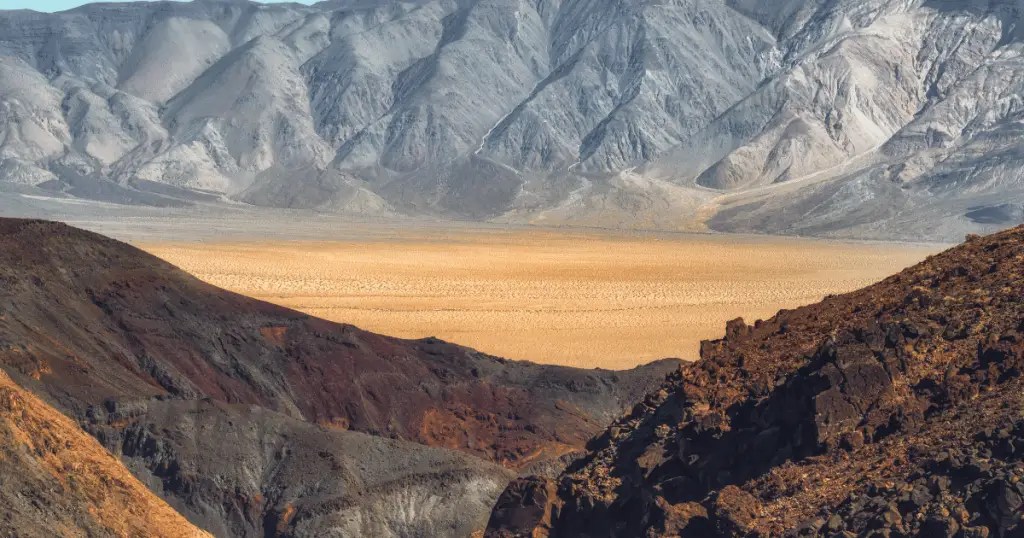
But Death Valley County is not just a land of extremes; it’s a canvas painted with the hues of resilience and adaptation. Whether you’re an avid adventurer, a history enthusiast, or simply someone yearning to explore the hidden facets of our world, Death Valley County beckons with open arms.
Unearthing the Past: The Rich Historical Tapestry of Death Valley County
Long before the Gold Rush painted its frenzied hue on Death Valley County, it was home to the Timbisha Shoshone Native Americans, who have lived in the region for over a thousand years. They named it ‘Tümpisa’ which translates to ‘rock paint’, a nod to the reddish clay used in their pottery and paint.
The mid-1800s saw an influx of gold-seekers, lured by the promise of wealth hidden within the valley’s unforgiving terrain. The boomtown of Rhyolite sprouted from the desert seemingly overnight, its bustling streets filled with the dreams and aspirations of miners. However, the prosperity was short-lived; by the early 1900s, the Gold Rush had faded and Rhyolite became a ghost town, its dilapidated structures a silent testament to a bygone era.
The history of Death Valley County is also intertwined with the drama of the infamous ’20 Mule Teams’. These teams were a marvel of logistics, hauling borax – the ‘White Gold of the Desert’ – over harsh terrains from the mines to the nearest railroad, transforming the local economy and putting Death Valley on the national map.
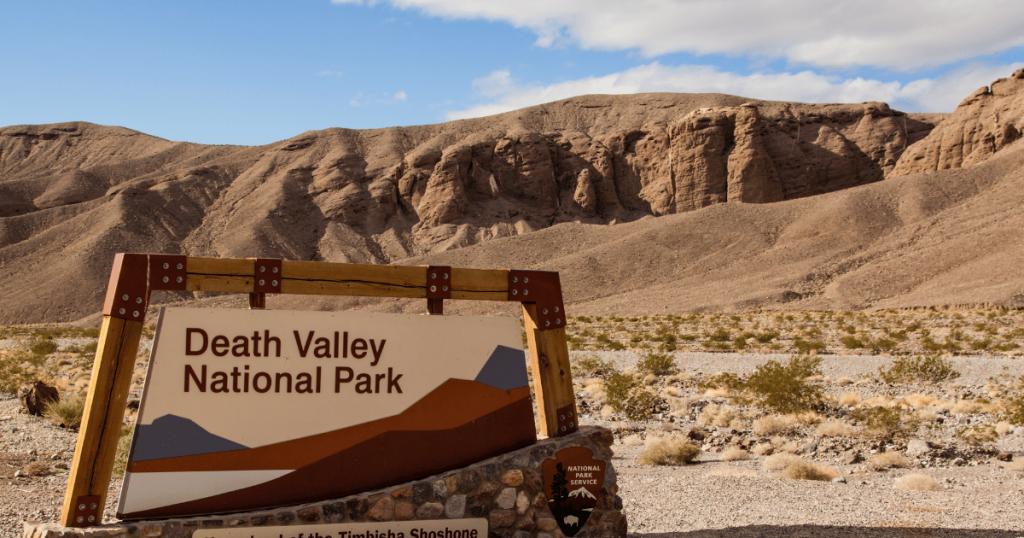
Where is Death Valley County and How to Reach It
Located in the eastern part of the state of California, Death Valley County stretches across the state’s border with Nevada. This expansive county lies in the heart of the Mojave Desert and is home to the renowned Death Valley National Park.
Reaching Death Valley County is an adventure in itself. If you’re traveling by air, the closest major airports are in Las Vegas, Nevada and Los Angeles, California. From Las Vegas, it’s approximately a 2-hour drive via US-95 and CA-190. From Los Angeles, you’ll embark on a scenic 4 to 5-hour drive, depending on traffic, taking the I-15 and CA-190.
For those who prefer rail travel, the Amtrak station in Bakersfield is your best option. From there, you can rent a car for the remaining journey, which takes about 4.5 hours via CA-58 and US-395.
Alternatively, if road trips are your thing, take advantage of the stunning routes that lead to Death Valley County.
Geography and Climate: The Unyielding Canvas of Death Valley County
Death Valley County is known for its unique geography characterized by an extreme and fascinating variety of landscapes. It’s a land of contrast, with vast, sun-baked plains skirting towering mountains, and sand dunes rippling beside parched salt flats. The heart of the county is dominated by the Death Valley, a desert valley that holds the unwelcome distinction of being one of the hottest places on Earth. Summers in the Valley are oppressively hot, with temperatures often exceeding 120 degrees Fahrenheit.
Perhaps the most iconic geographical feature of Death Valley County is the Badwater Basin. Nestled 282 feet below sea level, it’s the lowest point in North America. This surreal salt-flat is a startling sight, the ground encrusted with vast, jagged formations of salt that create a stark, alien landscape.
The climate in Death Valley County is extreme and arid. The county experiences less than 2 inches of rainfall annually, making it one of the driest places in the United States.

National Parks and Recreation: Embracing the Wild Splendor of Death Valley County
Death Valley County is a playground for outdoor enthusiasts, with its crowning jewel undoubtedly being the vast and diverse Death Valley National Park. Covering an astonishing 3.4 million acres, it’s not just the largest national park in the United States, but also one of the most diverse, offering a range of landscapes from salt flats and sand dunes to canyons and mountains.
Hiking is undoubtedly one of the best ways to explore the park’s unique terrain. From the challenging climb to Telescope Peak to the gentle amble through the Golden Canyon, there are trails that cater to every skill level. For a surreal hiking experience, walk the salt flats of Badwater Basin, or explore the vibrant hues of the Artist’s Palette.
Camping is another popular recreational activity within the park, with a range of options that cater to both the seasoned adventurer and those seeking more comfort. The Furnace Creek Campground offers a more traditional camping experience with amenities like potable water and flush toilets, while the more remote and rugged sites at Wildrose and Mahogany Flat immerse you directly in the wilderness. For those seeking a touch of adrenaline, sand boarding on the Mesquite Flat Sand Dunes is a must.

Flora and Fauna: Life Triumphs in Death Valley County
Despite the harsh conditions of Death Valley County, life prevails in the most unexpected ways. The area hosts a surprising diversity of plant and animal species that have adapted to the arid and extreme environment.
The Creosote Bush is perhaps the most common plant species in the county, with its small, shiny leaves and tiny yellow flowers providing a stark contrast against the barren desert backdrop. The Joshua Tree, with its distinctive shape and spiky leaves, punctuates the landscape, often serving as the only sign of life for miles. In the spring, a rare phenomenon known as a ‘super bloom’ may occur, carpeting the desert in a vibrant array of wildflowers, such as the Desert Gold and the Evening Primrose.
The fauna of Death Valley County is just as fascinating. The Kangaroo Rat, for instance, has evolved to survive without drinking any water, getting all its hydration from the seeds it eats. The Death Valley Pupfish, found only in the park’s Salt Creek, thrives in the saline environment that would be lethal to most other fish species. Birds such as the Roadrunner and the Red-tailed Hawk are commonly spotted, while the more elusive species include the Desert Bighorn Sheep and the Kit Fox.
Local Cuisine and Culture: A Taste of Death Valley County
Despite its harsh conditions, Death Valley County has a thriving local culture, with food and festivities that reflect the resilience and resourcefulness of its people. The local cuisine is largely influenced by the Native American tribes who first inhabited this region, with dishes like pinyon nut pancakes and mesquite-grilled rabbit. Be sure to try the prickly pear cactus jam, a local delicacy that’s both sweet and tart.
Cultural events and festivals are a vital part of local life in Death Valley County. The annual ’49ers Encampment’ celebrates the pioneering spirit of the Gold Rush era, with activities such as a parade, traditional music performances, and a historical reenactment of the mule train journey. The ‘Night Sky Festival’ is another unique event that takes advantage of the region’s dark sky designation, featuring stargazing sessions, astronomy talks, and nocturnal wildlife walks.
Photography in Death Valley County: Capturing the Stark Beauty
For photography enthusiasts, Death Valley County offers a visual feast of contrasting landscapes and dramatic light. From the rippling sand dunes to the stark salt flats, every view is a photographer’s dream. To capture the best shots, golden hours—the hour after sunrise and the hour before sunset—are your allies. The low-angled light paints the landscape with warm hues and creates long shadows that add depth to your images. If you yearn for stark, minimalist shots, the midday sun transforms the salt flats of Badwater Basin into a stark white canvas. For night sky photography, there’s no better place than under the ‘Dark Sky’ of Death Valley, where the Milky Way’s brilliance leaves no room for words.
Final Thoughts
Death Valley County is a testament to nature’s resilience and diversity, an enigmatic region that challenges and captivates with its extreme landscapes. From the exploratory thrill of its national park to the unexpected bloom of life, the stark beauty reflected in a photographer’s lens, to the unique tastes and cultural richness, it’s a place that defies expectations and leaves visitors with unforgettable experiences.

